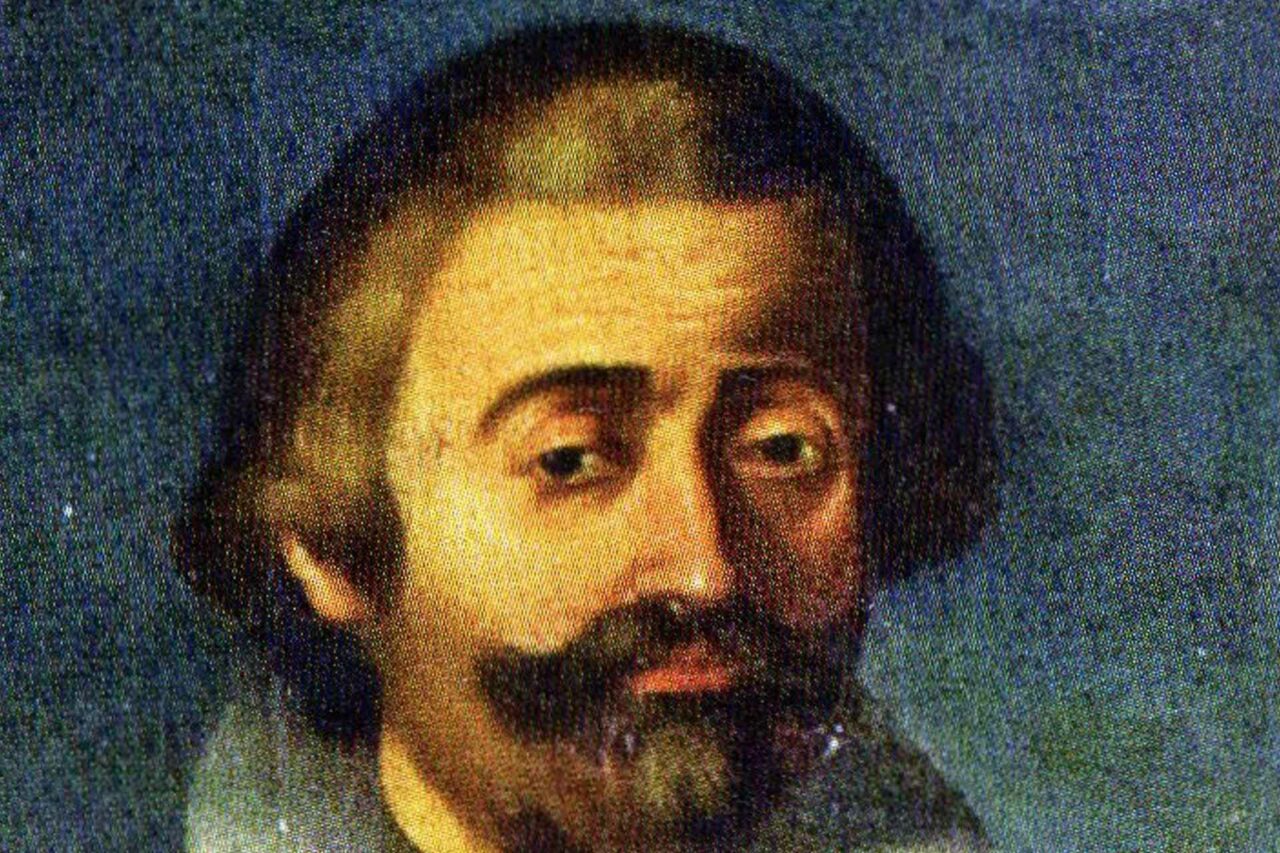
Son of Giulio I Acquaviva d’Aragona (1607-1626), Count of Conversano, and Caterina Acquaviva d’Aragona, Duchess of Nardò, he unified the two lines of descent of the family. He succeeded his father in 1626 and maintained his role as lord until 1665, the year of his death.
Known as “Guercio” (the One-Eyed One) due to a visual defect (a strange eye), Giangirolamo was considered by his subjects to be an evil, vengeful man and, for this reason, greatly feared: religious and practicing (devoted to the Holy Martyr and Doctor brothers Cosma and Damiano)
Even today, dark legends about him survive, not supported by valid documentation. It seems – and he was not the only one – that he made use of the ius primae noctis, and, still today, the people of Conversano all say they are the count's children.
Again, it is said that, for practice, he shot from the castle tower at the poor women who were drawing water from the wells, or had the rebellious canons of Nardò flayed to upholster the armchairs with their skins.
The count had a passion for the horses of his prized stud farm (Conversano breed), started by his ancestor Giulio Antonio I in 1456.
Giangirolamo had five brothers, four of whom were nuns. One of these, Donata, was the mitered abbess of the monastery of San Benedetto in Conversano. The Mother Superior, in fact, exercised temporal power (over the clergy and in Castellana Grotte), a unique case for a nun.
The Count's residence was mainly the castle of Conversano, but he also spent some periods in the hunting lodge of Marchione and in the small palace-tavern in Alberobello.
Giangirolamo contributed to the foundation of Alberobello, attracting farmers from nearby territories to reside there.
Having thus violated the royal regulation (Royal Pragmatics) in Alberobello, the unscrupulous count was arrested in 1643 and transferred to Naples, then to Madrid, to be finally released from prison in 1646.
In July-August 1647 the count was sent by the king of Naples to quell the revolt of Nardò and Lecce following the revolt of Masaniello in Naples on 7 July 1647.
After a mediation negotiation entrusted to the bishop of Lecce, Pappacoda, from 3 to 6 August 1647 he invaded the countryside of Nardò with 4000 armed men and, in addition to arresting and trying the leaders of the revolt, killing the mayor, he took advantage of the situation to eliminate some opponents including the archpriest Filippo Nuccio and four abbots who were shot and beheaded and whose severed heads were placed on the stalls of the Cathedral. He razed several houses to the ground, spread salt on them, and placed signs of infamy on them.
In 1649, following new and serious feudal abuses, Giangirolamo was again taken to Madrid and locked up in prison, where he remained for 16 years, until 1665. In that year, while he was preparing to return to his homeland, he died, at the age of 65, perhaps of malaria.
The body was embalmed and buried in the Rosary chapel of the monastery of San Benedetto in Conversano.



















Leave a comment